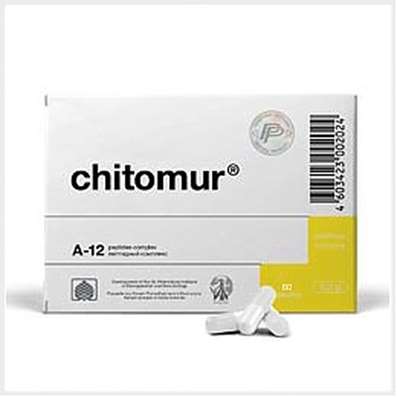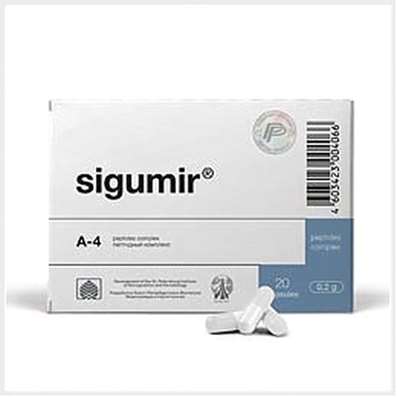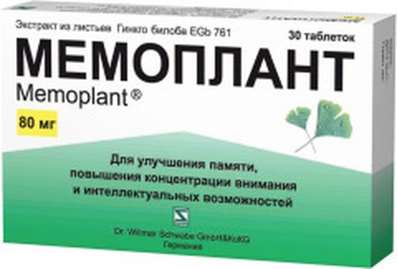Instruction for use: Cystrin
I want this, give me price
Active substance: Oxybutynin
ATX Code
G04BD04 Oxybutynin
Pharmacological group
M Cholinolytics
antispasmodics myotropic
The nosological classification (ICD-10)
N30 Cystitis
urethrocystitis, recurrent cystitis, fibrous cystitis, cystopyelitis, Exacerbation of chronic cystitis, Acute bacterial cystitis
N31.2 neurogenic bladder weakness, not elsewhere classified
Urinary incontinence in a stressful situation, Atony of bladder, Atony of the bladder (the sphincter) (neurogenic), Impaired function of the sphincter of the bladder, Neurogenic bladder disorders, Neurogenic bladder disorder, Neurogenic bladder, Functional insufficiency of the sphincter of the bladder, Imperative incontinence
R30.0 Dysuria
Disorders after prostatectomy, dysuric disorder, Dysuric disorders caused by benign prostatic hyperplasia, dysuric symptoms, dizuricheskie disorder, Dizuricheskie disorder in men, Dysuria with prostate cancer, disorders of urination, dysuria, Dizuricheskie disorder with benign prostatic hyperplasia, Acute dysuria
R32 Urinary incontinence unspecified
daytime enuresis, Idiopathic bladder instability, Urinary incontinence, nocturia, The disorder of the bladder sphincter function, Spontaneous urination, Mixed forms of urinary incontinence, Functional disorders of micturition, Functional micturition disorders, Functional enuresis in children, Enuresis
Z100 * CLASS XXII Surgical practice
Abdominal surgery, adenomectomy, Amputation, Coronary angioplasty, Angioplasty of the carotid arteries, Antiseptic skin treatment for wounds, Antiseptic Hand, Appendectomy, atherectomy, Balloon coronary angioplasty, Vaginal hysterectomy, The coronary bypass, Interventions in the vagina and cervix, Interventions on the bladder, Intervention in the mouth, Restoration and reconstructive surgery, Hand hygiene of medical personnel, Gynecologic surgery, Gynecological intervention, Gynecological surgery, Hypovolemic shock during operations, Disinfection of purulent wounds, Disinfection of wounds edges, Diagnostic intervention, Diagnostic procedures, Cervical Diathermocoagulation, Long-surgery, Replacing the fistula catheters, Infection in orthopedic surgery, Artificial heart valve, cystectomy, Short-term outpatient surgery, Short-term operation, Short surgical procedures, Krikotireotomiya, Blood loss during surgery, Bleeding during surgery and in the postoperative period, Kuldotsentez, laser photocoagulation, laser coagulation, retinal laser coagulation, Laparoscopy, Laparoscopy in Gynecology, CSF fistula, Small gynecological operations, Small surgical procedures, Mastectomy and subsequent plastic, mediastinotomy, Microsurgical operations on the ear, Mukogingivalnye operation, suturing, Minor surgery, neurosurgical operation, Immobilization of the eyeball in ophthalmic surgery, testectomy, pancreatectomy, Perikardektomiya, The period of rehabilitation after surgery, The period of, convalescence after surgery, Percutaneous transluminal coronary angioplasty, Pleural thoracentesis, Pneumonia postoperative and posttraumatic, Preparation for surgical procedures, Preparation for surgery, Preparation of the surgeon's hands before surgery, Preparation of the colon for surgical procedures, Postoperative aspiration pneumonia in neurosurgical and thoracic surgery, Postoperative nausea, Postoperative bleeding, postoperative granuloma, postoperative shock, The early postoperative period, myocardial revascularization, Radiectomy, gastric Resection, bowel resection, uterine Resection, liver Resection, enterectomy, Resection of part of the stomach, Reocclusion of the operated vessel, Bonding tissues during surgical procedures, Removal of sutures, Condition after eye surgery, Condition after surgery, Condition after surgery in the nasal cavity, Condition after gastrectomy, Status after resection of the small intestine, Condition after tonsillectomy, Condition after removal of the duodenum, Condition after phlebectomy, Vascular surgery, Splenectomy, Sterilization of surgical instruments, Sterilization of surgical instruments, sternotomy, Dental surgery, Dental intervention in periodontal tissues, strumectomy, Tonsillectomy, Thoracic surgery, total gastrectomy, Transdermal intravascular coronary angioplasty, Transurethral resection, Turbinektomiya, Removal of a tooth, cataract surgery, Removal of cysts, tonsillectomy, Removal of fibroids, Removing the mobile primary teeth, Removing polyps, Removing broken tooth, Removal of the uterus body, Removal of sutures, Urethrotomy, Fistula likvoroprovodyaschih ways, Frontoetmoidogaymorotomiya, Surgical infection, Surgical treatment of chronic limb ulcersm, Surgery, The surgery in the anal area, The surgery on the colon, Surgical practice, The surgical procedure, Surgical interventions, Surgery on the gastrointestinal tract, Surgical procedures on the urinary tract, Surgical procedures on the urinary system, Surgical intervention of the genitourinary system, Surgical procedures on the heart, Surgical manipulation, surgery, Surgery on the veins, Surgical intervention, Vascular surgery, Surgical treatment of thrombosis, cholecystectomy, Partial gastric resection, transabdominal hysterectomy, Percutaneous transluminal coronary angioplasty, Percutaneous transluminal angioplasty, Coronary artery bypass, tooth Extirpation, Extirpation of milk teeth, pulpectomy, pulsative cardiopulmonary bypass, tooth Extraction, teeth Extraction, cataract extraction, Electrocoagulation, endourological intervention, episiotomy, Etmoidotomiya, Complications after tooth extraction
Structure and Composition
1 coated tablet contains oxybutynin hydrochloride 3 or 5 mg; in multiples of 100 or 500 pieces.
pharmachologic effect
Mode of action - antispasmodic, myotropic.
Does m-cholinergic receptors. It relaxes smooth muscles of the bladder.
pharmacodynamics
Lets reduction and reduces spasm of smooth muscles of the bladder, increasing its volume, decreases the frequency of contractions, reduces detrusor pressure, holding back the urge of urination.
Pharmacokinetics
Cmax is achieved within 1 h, T1 / 2 - 3.2 hours.
Indications
Frequent urination, incontinence (including night) in patients with impaired detrusor, hyperactive bladder (after operations on the bladder, prostatectomy, acute and chronic cystitis).
Contraindications
Glaucoma, gastrointestinal obstruction (complete or partial), diseases that cause urinary retention (including prostatic hypertrophy), megacolon, tachyarrhythmia, myasthenia gravis, pregnancy, lactation.
Side effects
Dry mouth, constipation, blurred vision, drowsiness, decreased sweating, tachycardia, urinary retention, allergic skin reactions.
Dosing and Administration
Inside, adults - 5 mg 2-3 times per day (up to 20 mg per day); children over 5 years - 5 mg 2 times per day (up to 15 mg per day).
Precautionary measures
To use caution in diseases of the kidneys, liver and heart. It should be borne in mind that the use of the drug at a high ambient temperature increases the risk of heat stress or fever (decreased sweating). During treatment is not recommended to machine or equipment control.
Storage conditions
Keep out of the reach of children.
shelf life
3 years.
Do not use beyond the expiration date printed on the package.

 Cart
Cart





